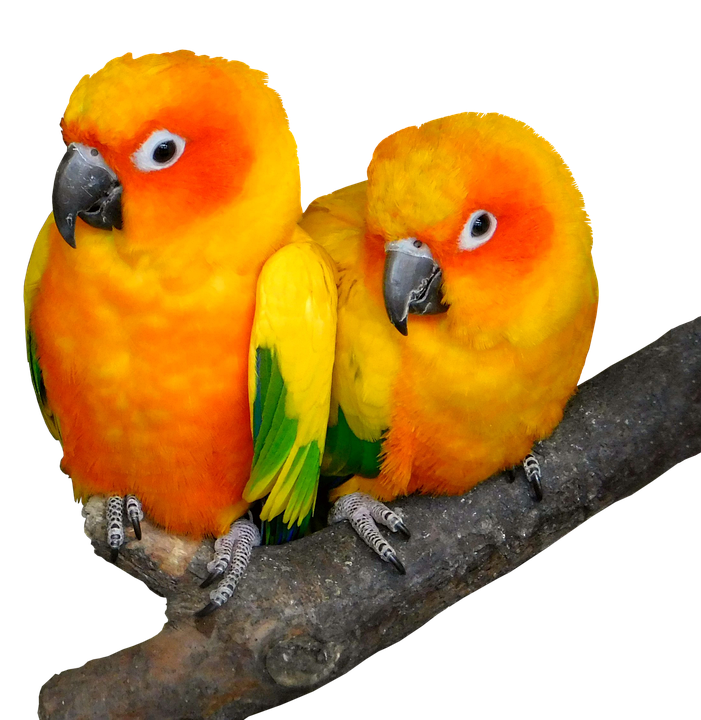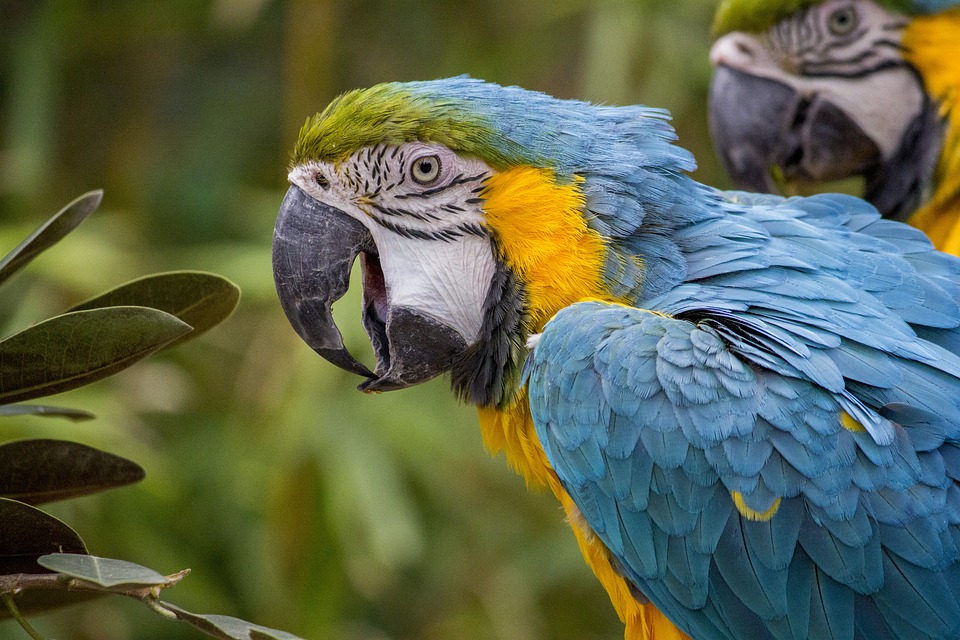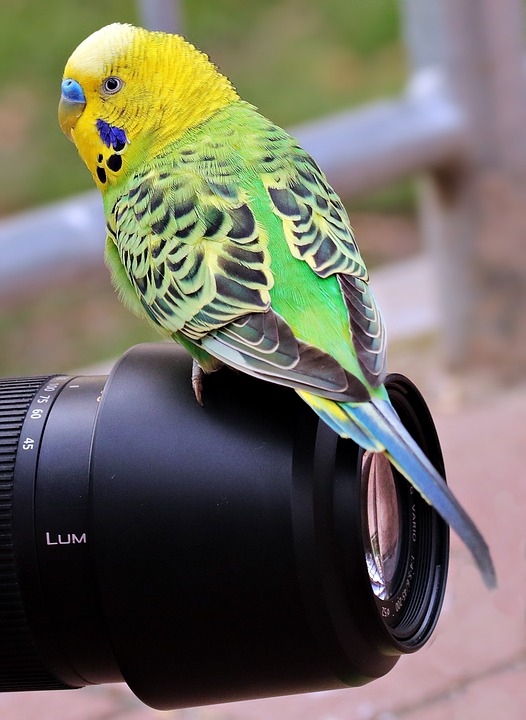Parrots are known for their vibrant plumage, intelligence, and captivating behaviors. One aspect of their behavior that often intrigues bird enthusiasts is their mating rituals. In this article, we will delve into the intricate world of parrot mating behavior, shedding light on their courtship displays, pair bonding, and breeding habits. By gaining a deeper understanding of these rituals, we can appreciate the complexities of parrot behavior and ensure the well-being of these beautiful birds in our homes.
Courtship displays serve as a vital component of parrot mating rituals, enabling potential mates to assess each other’s suitability. These displays often involve a combination of visual cues, vocalizations, and physical movements. Parrots showcase their vibrant plumage during courtship, emphasizing their beauty to attract a mate. Males may puff up their feathers and spread their wings to create an impressive visual display. Parrots are also known for their vocal abilities, and during courtship, they use various calls and sounds to communicate their intentions. Males may engage in loud, repetitive calls to capture the attention of females or engage in duets with potential mates. Additionally, parrots often engage in rhythmic movements, bobbing, or head-bobbing dances to attract a mate. They may also preen each other’s feathers, a behavior known as allopreening, as a sign of bonding and courtship.
Parrots are highly social creatures that value companionship and form strong pair bonds with their mates. Understanding the dynamics of pair bonding can help us create a suitable environment for our pet parrots. Many parrot species are monogamous, meaning they form long-term partnerships with a single mate. Once a pair bond is established, parrots exhibit various behaviors to strengthen their connection, such as mutual grooming, sharing food, and engaging in preening rituals. Pair-bonded parrots often engage in nest-building activities as part of their mating rituals. Providing suitable nesting materials, such as twigs, leaves, and soft bedding, can help satisfy their natural instincts and strengthen their bond.
Understanding the reproductive habits of parrots is essential for those interested in breeding or providing optimal care for their pet parrots. Parrots have specific breeding seasons dictated by environmental factors such as temperature and food availability. It’s important to be aware of these seasons to provide appropriate conditions and support for potential breeding pairs. During courtship, male parrots often engage in courtship feeding, offering food to their potential mates as a display of care and provisioning ability. Ensuring a balanced diet for breeding parrots is crucial to support successful reproduction. Once a female parrot lays eggs, she and the male take turns incubating them. Understanding the incubation period and providing a comfortable nesting box can maximize the chances of successful hatching.
To further understand parrot mating rituals, let’s address some frequently asked questions. The courtship phase can vary depending on the species, but it generally lasts from a few days to several weeks. Many parrot species exhibit strong pair bonds and will choose the same mate for multiple breeding seasons. To encourage parrot breeding in aviaries, providing a suitable nesting environment, ensuring a nutritionally balanced diet, and mimicking natural environmental cues (such as temperature and lighting changes) can be beneficial. The number of eggs laid by parrots can vary, but it typically ranges from one to six, depending on the species. While parrots can breed without in-depth knowledge of their mating rituals, understanding these rituals is crucial for ensuring the welfare and success of the breeding pair and their offspring.
In conclusion, parrot mating rituals are a captivating aspect of their behavior, showcasing their unique courtship displays, pair bonding, and breeding habits. By gaining insights into these intricate behaviors, we can appreciate the complexity of parrot behavior and provide appropriate care for these remarkable birds. Understanding parrot mating rituals is not only fascinating but also essential for their well-being in our homes and aviaries.









